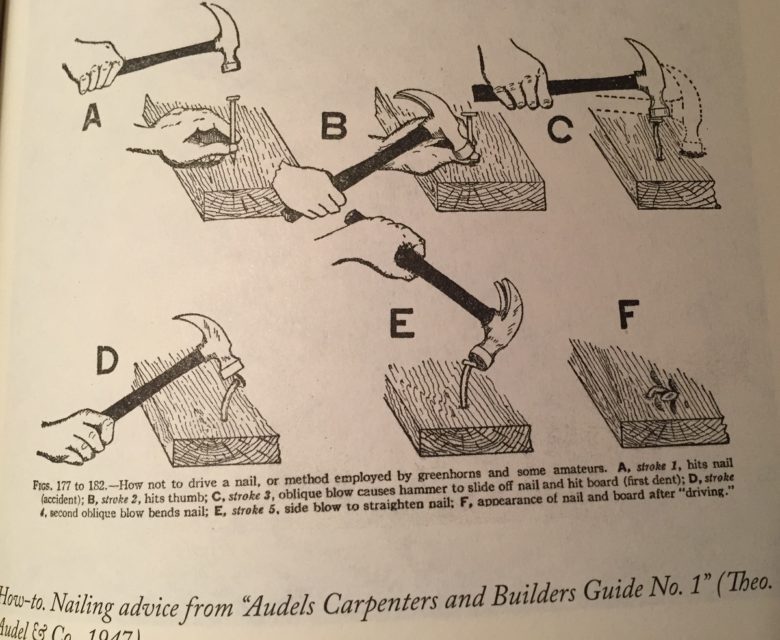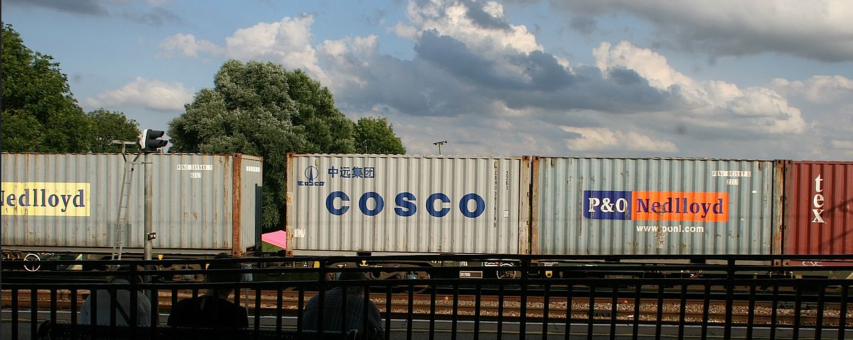Tim Worstall explains why the withdrawal of the InterCity 125 has struck a chord in commuters and railfans alike:

An InterCity 125 power car in British Rail livery at Manchester Piccadilly in October 1976.
Photo by Dave Hitchborne via Wikimedia Commons.
The last run was between London’s Paddington Station and Exeter St. Davids. There’s an amusing anecdote about the development and testing of the locomotives that I thought I’d blogged, but better late than never:
There’s something called the chicken gun. If you’ve a jet engine then you want to make sure that it doesn’t fall apart in a bird strike. Shards of sharp metal flying around at hundreds of miles an hour are not known to be good for aluminium skinned modes of transport hundreds or thousands of feet off the ground.
So, you set up a cannon, spin the jet engine up and fire a chicken into it. […] Great. So, bright sparks at British Rail noted that their train was going to be hurtling through the countryside at 125 miles per hour. There would be cuttings and embankments and birdies flying around and the possibility of bird strikes. Better test this out.
So, borrow the chicken gun. Load chicken, fire. The carcass goes straight through the reinforced glass, through the steel back of the driver’s seat and embeds itself in the back wall of the engine compartment.
Umm, is it supposed to do that? No, it bloody well isn’t.
So, long pondering, they enlist the help of the Americans they’d borrowed the chicken gun from. Big report finally arrives, hundreds of pages of analysis, tensor strengths, bits of Fortran coding, the lot.
On the first page it reads
“In order to use the chicken gun, first defrost your chicken”.







